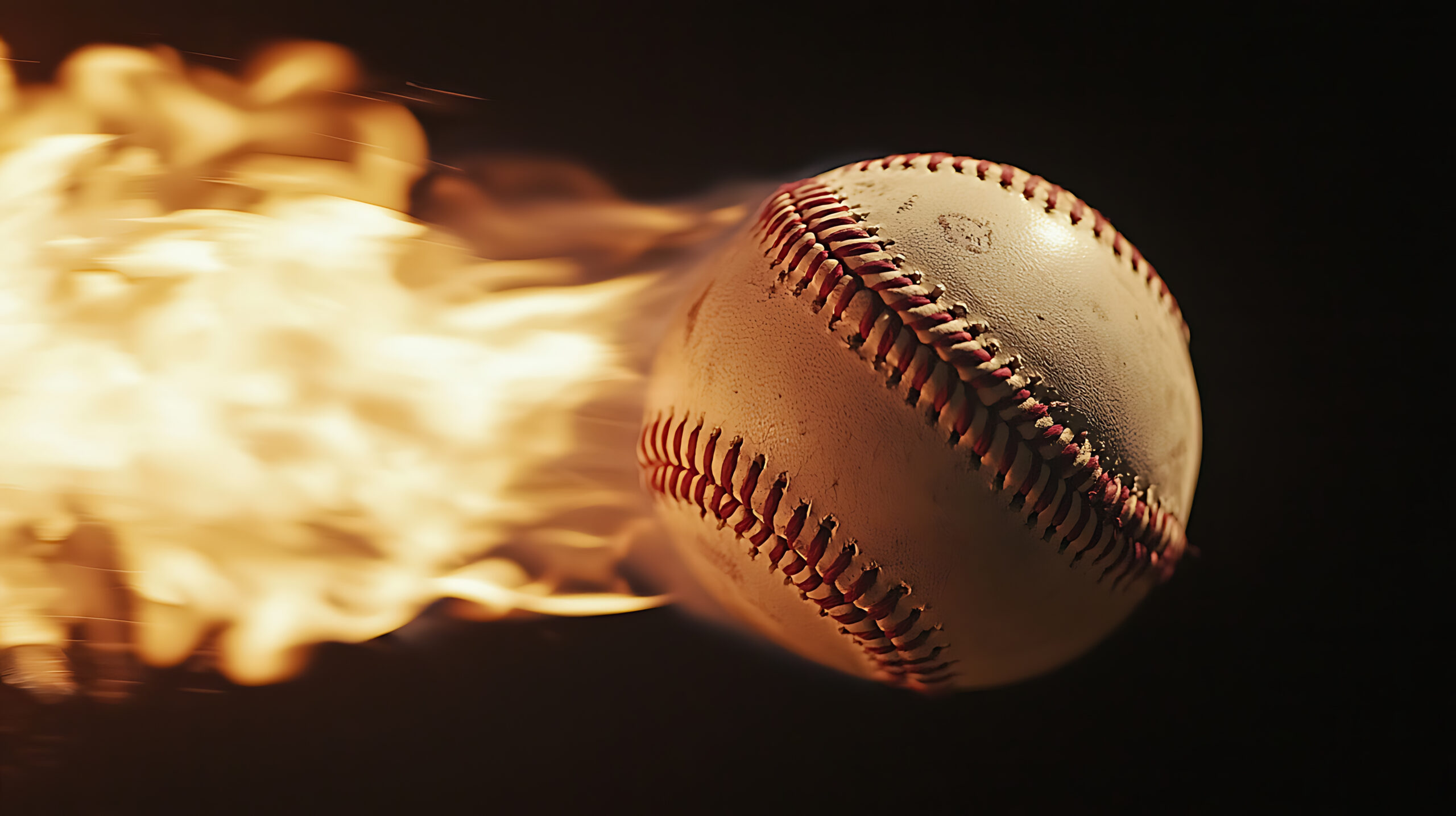
Overhead Throwing Quick Stats:
According to the Science Direct, shoulder injury rates are reported to be between 18% and 61% amongst overhead throwing athletes. From an NCAA injury surveillance program, shoulder overuse injuries account for 12.0% and 13.1% of all high school and college sports.
What is Overhead Throwing:
Overhead throwing consists of an explosive single-armed movement in which an object is released by an athlete at or above shoulder level. Performing an overhead throw consists of a full body movement that emphasizes various muscle contractions, in a coordinated pattern, that promote speed and power.
The Phases of Overhead Throwing:
According to Physiopedia, in a single overhead throw, an athlete undergoes six phases that elicit both upper body and lower body muscle activation simultaneously. These six phases include: the wind-up, the stride, the cocking, the acceleration, the deceleration, and the follow through.

Wind-Up: During the wind-up phase, the athlete assumes his or her starting position to gain momentum by coiling muscles in his or her throwing arm and stance leg.
Stride: In the stride phase, the athlete is utilizing his or her stance leg to take steps toward the target, thus generating power.
Cocking: During the cocking phase, the athlete recoils his or her arm to the proper throwing position to prepare for the throw.
Acceleration: In the acceleration phase, the athlete utilizes his or her throwing arm to advance the object forward rapidly.
Deceleration: In the deceleration phase, the athlete utilizes his or her throwing arm to slow down momentum after releasing the object.
Follow Through: In the follow through phase, the athlete is finishing off his or her throwing motion to stop momentum.
Here’s a quick video from Baseball Canada covering the basics of overhead throwing.
Common Injuries:
Common injuries associated with overhead throwing include rotator cuff damage, labral damage, ulnar collateral ligament (UCL) damage, and scapular dyskinesis. For additional information on each of these common injuries please visit the John Hopkins Department of Orthopedic Surgery.
Rotator Cuff damage is common among overhead athletes because its job is to control the position of the arm during all phases of a throw as well as slowing down internal rotation motion during the deceleration phase of throwing.
Labral damage is common among overhead athletes because its job is to create increased stability in the throwing shoulder through all phases of the throwing cycle.
stability in the throwing shoulder through all phases of the throwing cycle.
UCL damage is common among overhead athletes because its job is to stabilize the elbow joint through all phases of a throw.
Scapular Dyskinesis is the abnormal movement of the shoulder blade during motion of the shoulder, and it is common among overhead athletes because overhead throwing is a repetitive single-arm activity.
4 Whys Overhead Throwing Injuries Happen:

Jacob Stewart, PT, DPT (Adairsville, Georgia)
According to Jacob Stewart, PT, DPT, a physical therapist at Advance Rehabilitation Physical Therapy Adairsville, GA, “Injuries typically occur due to overuse, poor throwing mechanics, muscle weakness, and lack of proper rest.
Overuse:
Overuse injuries occur when tissues around the shoulder joint are repetitively worked without adequate time to recover.” Symptoms of overuse injuries include recurring pain that increases with activity, inflammation of tissues surrounding the shoulder, stiffness in the shoulder, decreased range of motion, and tenderness of muscles around the shoulder.
Poor Throwing Mechanics:
Poor throwing mechanics that lead to increased risk of injury include poor balance and posture, improper leg drive, inconsistent arm position, flying open during acceleration, and quickly stopping the arm after release.
Weak Stabilizing Muscles:
In overhead throwing, usually the stabilizing muscles of the shoulder blade are weak among this population. These muscles include the trapezius muscles, levator scapulae, rhomboids, and serratus anterior.
Lack of Rest:
The lack of proper rest between throwing causes high level of constant stress on the shoulder. This constant stress that is placed on the athlete’s shoulder causes break down of muscle tissue and increased inflammation within the shoulder.
10 Ways to Prevent Injuries: Injury prevention strategies include:
• A proper warm up, including dynamic stretching, jogging, & gradual throwing.
• Play other positions besides only pitcher.
• Stick to pitch count guidelines.
• Avoid pitching/throwing on multiple teams with overlapping seasons.
• Don’t throw with elbow or shoulder pain.
• Rest for 3-4 months per year to allow for proper recovery.
• Communicate with coaches and other staff about how your arm feels before and after throwing/pitching.
• Emphasize control, accuracy, and proper mechanics.
• Strengthen major muscle groups that are used during throwing.
• Cross-train consisting of playing other sports and working other muscle groups during the off season.
Rehab/Treatment Options:
Physical therapy to restore movement, strengthen throwing specific muscle groups, assess for injury risk, and teach proper throwing/lifting mechanics.
Rest and ice to reduce inflammation and ease pain post-throwing.
Massage to release muscle tension and promote muscle healing.
Arm Care Program to optimize strengthening of specific muscle groups and reduce injury risk.
Throwing programs to gradually return to activity post-injury.
Biomechanical Analysis to identify throwing mechanic abnormalities.
The Hard is What Makes It Great: A Deeper Look at Pitching Prep
When it comes to developing elite-level pitchers, it’s easy to focus on velocity or mechanics—but according to Clark Humber, PTA and Clinic Director at Advance Rehabilitation in Columbus, GA, success on the mound starts much deeper.
“The biggest thing I preach when it comes to pitching is the importance of core strength, stability, flexibility, and mobility—these are the pillars that support proper mechanics, reduce injury risk, and enhance performance,” says Humber.
This holistic approach isn’t just about physical prep—it’s about embracing the mental grind too. Pitching at a high level isn’t easy, and it’s not supposed to be.
“It’s supposed to be hard—if it wasn’t, everyone would do it. The hard is what makes it great.”
At Advance Rehabilitation Clinics, we don’t just treat injuries—we empower athletes to become stronger, more resilient, and better prepared for whatever lies ahead.
For athletes looking to improve their game, this mindset—combined with focused training—can be the difference between plateauing and progressing. At Advance Rehabilitation, our team emphasize not just recovery, but total athletic development. Because building a great pitcher isn’t about shortcuts; it’s about doing the hard things, consistently.
If you’re dealing with an overhead sports injury, don’t wait to get the care you need. Reach out and schedule your appointment today!



